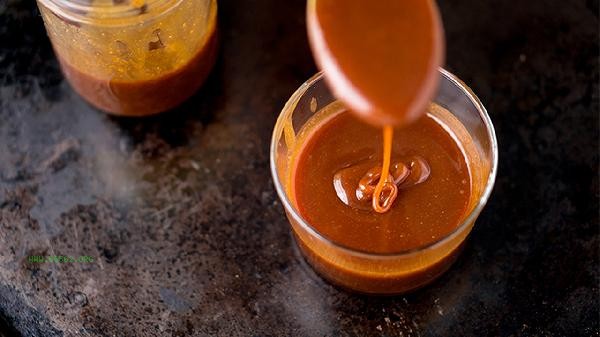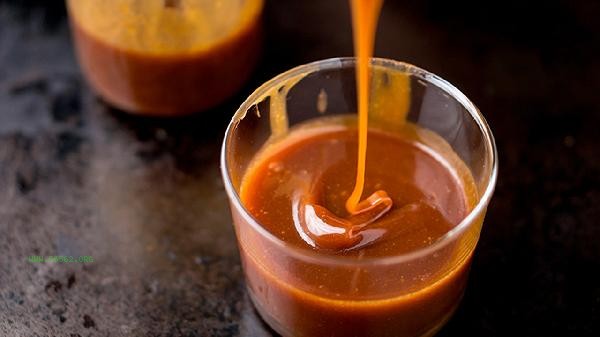Jam can be diluted by adding warm water, juice, or honey. The dilution methods mainly include adjusting the temperature, stirring in batches, controlling the ratio, refrigerating and standing, and observing the texture.

1. Adjust Temperature
When diluting jam with warm water, the water temperature should not be too high to avoid damaging the nutritional components and flavor of the jam. After pouring the jam into the container, slowly add a small amount of warm water and stir while adding. It is more suitable to control the temperature at around 40 degrees Celsius, which can help soften the jam without causing the texture to become too thin.
2. Batch stirring
During the dilution process, it is necessary to add a small amount of liquid in batches, and stir thoroughly until uniform after each addition. Use a silicone scraper to slowly stir in the same direction to avoid the formation of bubbles. Observe the changes in consistency and stop adding liquid when the ideal state is reached. Excessive dilution can affect the wall sticking and taste of jam.
3. Control ratio
The common dilution ratio is 1:0.5 to 1:1 between jam and liquid, which is adjusted according to the initial consistency of the jam. Jam with a harder texture can increase the liquid ratio appropriately, while jam that is close to a flowing state can reduce the amount added. Different types of liquids have different dilution effects, and fruit juice is more easily blended with jam than honey.

4. Refrigerate and let stand
Diluted jam should be sealed and refrigerated for at least 2 hours to allow the moisture to fully combine with the pectin. Low temperature environment can help jam re form a stable structure and avoid layering. If it is still too thick after refrigeration, it can be taken out and warmed up before making further adjustments, but it should be noted that the amount of liquid added each time should not exceed 5 milliliters.
5. Observing Texture
The ideal dilution state should have slow flowability and moderate viscosity, forming a continuous stream when scooped up with a spoon. During testing, it can be applied to bread slices to observe their extensibility, or dropped into cold water to check the dissolution rate. If there is a particle sensation or water oil separation, it indicates that the dilution method needs to be adjusted. When diluting jam, it is recommended to choose glass or ceramic containers and avoid using metal vessels to prevent chemical reactions. Control the dilution amount according to the consumption needs, and consume the diluted jam within 3 days. The water absorption performance of jam made from different fruits varies, and berry jam is more likely to absorb water than citrus jam. When storing, pay attention to sealing and keep away from high temperature areas. It can be paired with foods such as yogurt and ice cream to increase its consumption. If you find that the jam has spoiled and produced a strange odor or mold spots, you should stop eating it immediately.









Comments (0)
Leave a Comment
No comments yet
Be the first to share your thoughts!